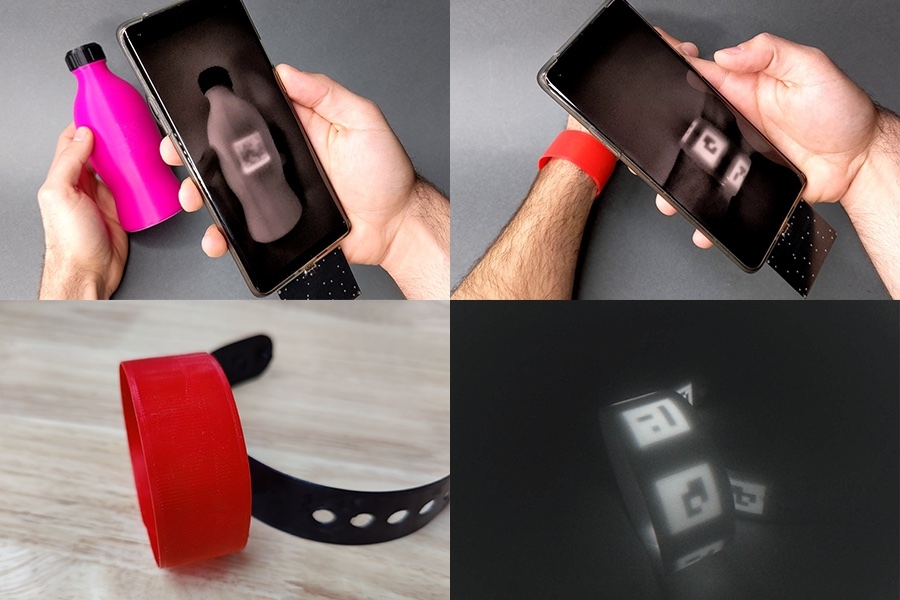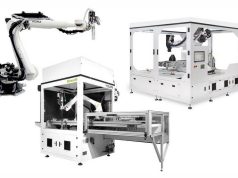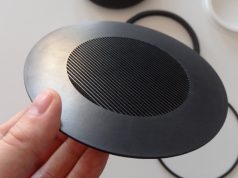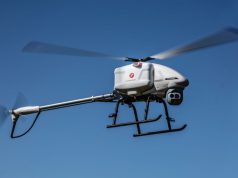QR codes have become useful tools for data transmission in the physical world. But these codes are visible and can be easily tampered with or replaced, leading to security risks. That’s where the latest project from MIT’s Computer Science and Artificial Intelligence Laboratory (CSAIL) comes in: bright markers.
These are invisible fluorescent tags embedded in 3D-printed objects that promise to improve the world of motion capture, virtual reality and object recognition. By bridging the gap between physical objects and their digital representation, they could be the key to safer and more interactive user experiences.
QR codes are ubiquitous and an integral part of our daily interactions. But their physical presence poses security risks, especially when they are altered to deceive users. Researchers at MIT’s Computer Science and Artificial Intelligence Laboratory (CSAIL) have now unveiled an innovative alternative: BrightMarker.
BrightMarker is a fluorescent invisible tag that is integrated into 3D-printed objects. Users can insert the tag into their 3D models with a special software extension and then print it. The result is an object that contains a hidden tag point – similar to an invisible QR code.
These tags glow in a specific near-infrared wavelength and can therefore be viewed in high contrast with infrared cameras. The researchers have also developed hardware that can detect these BrightMarkers using smartphones and AR/VR headsets.
“In today’s rapidly evolving world, where the lines between the real and digital environments continue to blur, there is an ever-increasing demand for robust solutions that seamlessly connect physical objects with their digital counterparts,” says MIT CSAIL and Department of Electrical Engineering and Computer Science PhD candidate Mustafa Doğa Doğan. “BrightMarkers serve as gateways to ‘ubiquitous metadata’ in the physical realm. This term refers to the concept of embedding metadata — descriptive information about the object’s identity, origin, function, and more — directly into physical items, akin to an invisible digital signature accompanying each product.”
Possible applications are manifold: In virtual reality, objects with integrated BrightMarkers could be used to interact with the digital environment. These markers could also be useful in motion capture by providing precise motion data from wearables.
“In a future dominated by the AR and VR paradigm, object recognition, tracking, and traceability is crucial for connecting the physical and digital worlds: BrightMarker is just the beginning,” says MIT CSAIL visiting researcher Raúl García-Martín, who is doing his PhD at the University Carlos III of Madrid. “BrightMarker’s seamless tracking marks the start of this exciting journey into a tech-powered future.”
In addition, BrightMarkers could be tracked in the supply chain to provide accurate data on a product’s origin and movement. And they could even be used in the area of security: Surveillance cameras could be equipped with hardware that tracks the movement of items tagged with BrightMarkers.
“Fluorescent object tracking markers like BrightMarker show great promise in providing a potential real-world solution for product tracking and authentication,” says Andreea Danielescu, director of the Future Technologies R&D group at Accenture Labs. “In addition to supply chain and retail applications, they could also be used to verify the authenticity of products, such as vegan handbags.”
“Immersive technologies require powerful scene understanding capabilities,” says Google research scientist Mar Gonzalez-Franco, who was not involved in the work. “Having invisible markers embedded, like the ones from BrightMarker, can simplify the computer vision needs and help devices identify the objects that are interactable and bridge the gap for the users of AR and VR.”
Compared to other technologies such as InfraredTags, BrightMarkers are more versatile and easier to track, thanks to the special fluorescent materials. But like any technology, there are limitations. Currently, the markers can only be integrated into an object during the printing process and cannot be added after the fact.
Despite these hurdles, the future of BrightMarkers looks promising. They could usher in a new era of interaction between the physical and digital worlds, in which invisible markers play a key role.
Subscribe to our Newsletter
3DPResso is a weekly newsletter that links to the most exciting global stories from the 3D printing and additive manufacturing industry.























